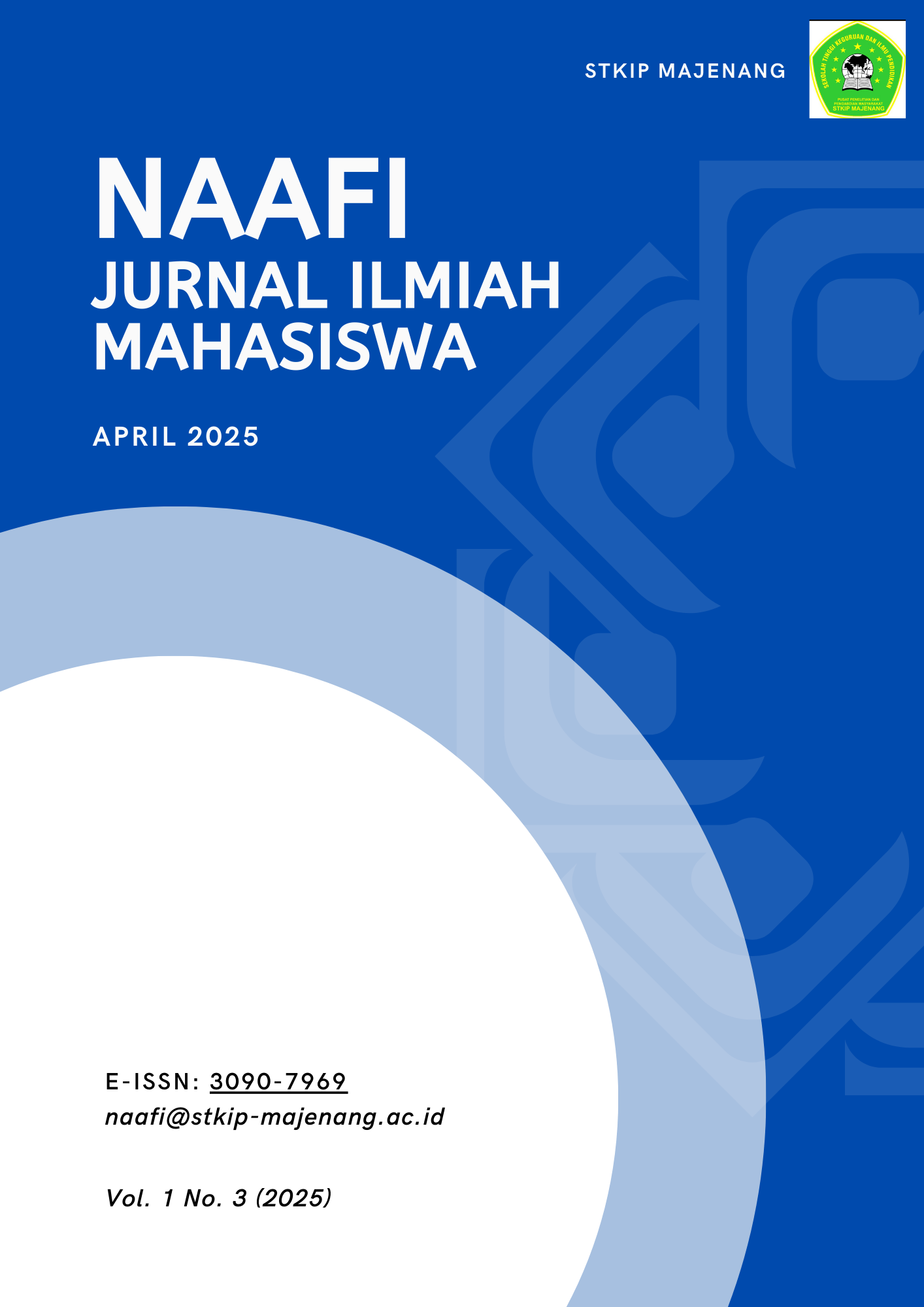Pembangunan Berbasis Kebebasan Amartya Sen: Konsep dan Implikasi Terhadap Pembangunan Di Indonesia
DOI:
https://doi.org/10.62387/naafijurnalilmiahmahasiswa.v2i2.149Keywords:
Amartya Sen, Freedom, Development.Abstract
In the last decade, development in Indonesia has predominantly focused on physical infrastructure, with primary priorities given to toll roads, bridges, and buildings. The main goal of this physical development is to boost economic growth in the areas being developed. This aligns with the conventional development paradigm, which measures the success of development solely based on economic growth. However, this conventional paradigm, which centers on economic growth, often overlooks other important aspects, resulting in new problems such as social inequality, environmental damage, and even social conflicts. In contemporary development discourse, a more comprehensive concept has emerged, namely development based on freedom, as proposed by Amartya Sen. It is within this context that this study aims to analyze the concept of development articulated by Amartya Sen and its implications for the implementation of development in Indonesia. According to Sen, development should not be viewed merely as an economic increase but as the expansion of human freedoms, which include political freedom, economic facilities, social opportunities, guarantees of transparency, and protection. Based on the analysis, this article suggests that in order to create more inclusive and sustainable development, the government must ensure greater participation from the public, respect their rights to express opinions and participate, and incorporate the principles of freedom at every stage of planning and implementing development.











